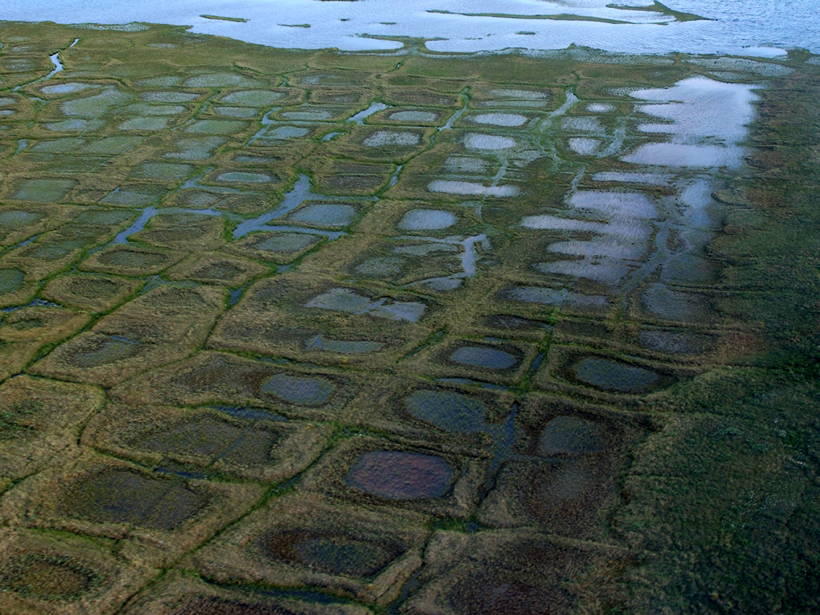A request by Ryan Zinke, secretary of the U.S. Department of the Interior (DOI), for confidential data about the final results of an energy assessment prior to that material being released to the public this past December prompted a U.S. Geological Survey (USGS) administrator to step down in late 2017, according to the Washington Post and Mother Jones. Another USGS administrator expressed concerns as well about Zinke’s request regarding an assessment of the National Petroleum Reserve in Alaska, the media outlets also reported. He retired, as he had earlier planned to do, about a month and a half after the other official’s resignation.
USGS providing the final results to Zinke ahead of its public release was “in contradiction of my interpretation of U.S.G.S. fundamental science policy,” Hitzman stated in his resignation letter.
Murray Hitzman, who had been the agency’s associate director for energy and minerals, resigned on 17 December 2017, stating in his resignation letter that the USGS providing the final results to Zinke ahead of its public release was “in contradiction of my interpretation of U.S.G.S. fundamental science policy. Scientific integrity is the bedrock of the Survey and must be preserved for the Bureau to properly serve the Nation.”
Larry Meinert, who served as acting deputy associate director for the agency’s energy and minerals mission area, retired last month on 31 January, in a move that he had previously planned. The concerns about the data request, however, “certainly increased my desire to step out the door,” he said, according to the Post.
Interior spokesperson Heather Swift provided Eos with an email from DOI’s office of the solicitor stating that Zinke was acting within his authority. The email states that “the Reorganization Plan No. 3 of 1950 transferred to the Secretary all functions [of] all officers, agencies, and employees of the Department, including that of USGS. While the Secretary has delegated to the USGS the authority necessary to carry out its functions, the Secretary (and Deputy Secretary, who is delegated all the Secretary’s authority) retains the authority and responsibility over those functions, including the authority to review data, draft reports, or other information as it deems necessary.”
“I do not see the issue outlined as one of Scientific Integrity,” Werkheiser said in the statement. “In fact, at no time was USGS asked to change or alter any of the findings for the assessment.”
Swift also provided Eos with a statement from USGS acting director Bill Werkheiser. “As the Department’s Scientific Integrity Officer, I do not believe that current or proposed practices for the notification of DOI leadership constitutes a loss of scientific integrity,” Werkheiser said in the statement.
“I do not see the issue outlined as one of Scientific Integrity,” he continued. “In fact, at no time was USGS asked to change or alter any of the findings for the assessment. A major factor in reaching that conclusion is that there is a range of practices for notifying DOI leadership of the results of energy assessments, with current and any proposed USGS practices falling within that range. In addition, USGS fundamental science practices provide some flexibility in the timing of notification to DOI.”
—Randy Showstack (@RandyShowstack), Staff Writer
Citation:
Showstack, R. (2018), Senior USGS official quits over request for advance Alaska data, Eos, 99, https://doi.org/10.1029/2018EO093707. Published on 23 February 2018.
Text © 2018. The authors. CC BY-NC-ND 3.0
Except where otherwise noted, images are subject to copyright. Any reuse without express permission from the copyright owner is prohibited.

